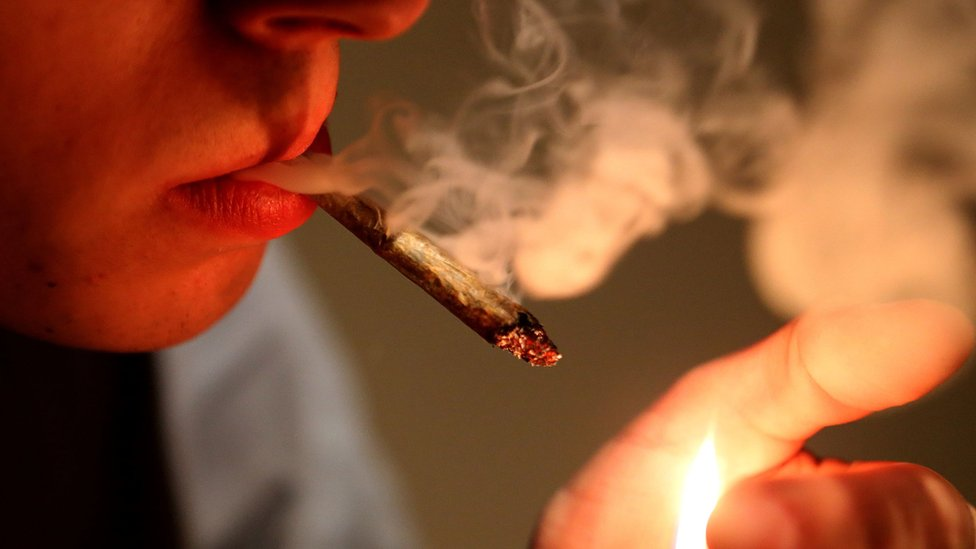ESPAD 2019 Report: Substance Use Among European Teenagers
The latest wave of surveys among students aged 15-16 shows a decline in smoking and alcohol consumption, but there are growing concerns about risky cannabis use and new addictive behavioral practices.
The ESPAD (European School Survey Project on Alcohol and Other Drugs), in collaboration with the EMCDDA (European Monitoring Centre for Drugs and Drug Addiction), published the results of a study based on a 2019 survey conducted in 35 European countries, including 25 EU member states. This was the seventh round of data collection by ESPAD since 1995. In the latest round, 99,647 students participated and answered an anonymous questionnaire.
Decline in Alcohol and Cigarette Use Among Teenagers and New Data on E-Cigarettes
Alcohol use remains high among European teenagers—about three-quarters (79%) of students have tried alcohol at least once, and nearly half (47%) consumed alcohol in the past 30 days (“current use”).
However, long-term trends show a steady decline compared to 2003, when both figures peaked at 91% and 63%, respectively.
The prevalence of “heavy episodic drinking” reached its lowest level in 2019 (35%) after peaking in 2007 (43%). Data show that gender differences in this drinking pattern have become negligible over time (36% among boys and 34% among girls). Changes in national legislation in many countries likely contributed to the decline in youth alcohol consumption.
Positive changes are also seen in teenage smoking, following policy measures over the past two decades. From 1995 to 2019, the following average rates decreased:
- Ever smoked cigarettes: from 68% to 42%
- Smoked cigarettes in the past 30 days: from 33% to 20%
- Daily cigarette smoking: from 20% to 10%
New data revealed a high prevalence of e-cigarette use: 40% have tried them at least once, and 14% used them in the past 30 days. Notably, among those who have never smoked cigarettes, e-cigarette use is higher than among “occasional” or “regular” smokers.
Drug Experimentation Is Decreasing, but Risky Cannabis Use and New Psychoactive Substances Remain a Concern
The latest study shows that, on average, 1 in 6 students (17%) reported trying any drugs at least once, with significant differences between countries (ranging from 4.2% to 29%). Cannabis use in this age group has slightly decreased since 2011, though it has remained relatively stable over the past 20 years.
Cannabis remains the most commonly used psychoactive substance among students. On average, 16% reported using cannabis at least once in their lives (compared to 11% in 1995), while 7.1% reported use in the past 30 days (4.1% in 1995). Lifetime cannabis use has slowly declined since 2011, while past-30-day use has remained stable since 2007. High-risk cannabis use, assessed in all participating countries in 2019, showed that an average of 4% of students are at risk of developing cannabis-related problems.
Non-prescription use of medications among teenagers remains a serious concern. For example, 6.6% of participants reported using tranquilizers or sedatives, and 4% used painkillers “to get high” at least once. On average, 3.4% of students reported using new psychoactive substances (NPS) in their lifetime—a slight decrease from 4% in 2015, but still higher than the rates for trying amphetamines, ecstasy, cocaine, or LSD (individually). Almost all who tried NPS are “poly-users” (also using alcohol, cannabis, and stimulants).
Gambling, Digital Gaming, and Social Media—A Need for Close Attention
According to the report, “the high level of social acceptance of gambling and the culture of gambling within families must be recognized as important factors in the initiation and subsequent development of gambling-related problems.”
The ESPAD 2019 report shows that gambling for money has become a popular pastime among European students—22% reported gambling for money in the past 12 months (mainly lotteries). An estimated 7.9% gambled online during the same period. A screening tool for problem gambling indicated that 5% of students who gambled in the past 12 months could be classified as problem gamblers.
Over the past two decades, largely due to the rise of smartphones and tablets, gaming has become much more popular, with these devices now being the primary platforms. About 60% of respondents reported playing digital games on regular school days in the past 30 days (69% on non-school days). In most countries, boys spend twice as much time gaming as girls.
About 94% of respondents reported using social media in the past 7 days. On average, users spent 2-3 hours on social media on a typical school day, increasing to 6 or more hours on non-school days. In most countries, girls used social media more frequently than boys on non-school days.
Conclusion: The report summarizes, “With the 2019 data, ESPAD has collected comparable information from over 30 European countries for 24 years. This gives the project a unique opportunity to continue making a significant contribution to evidence-based and effective policy-making and to the development of interventions aimed at protecting youth health and broader public well-being.”



